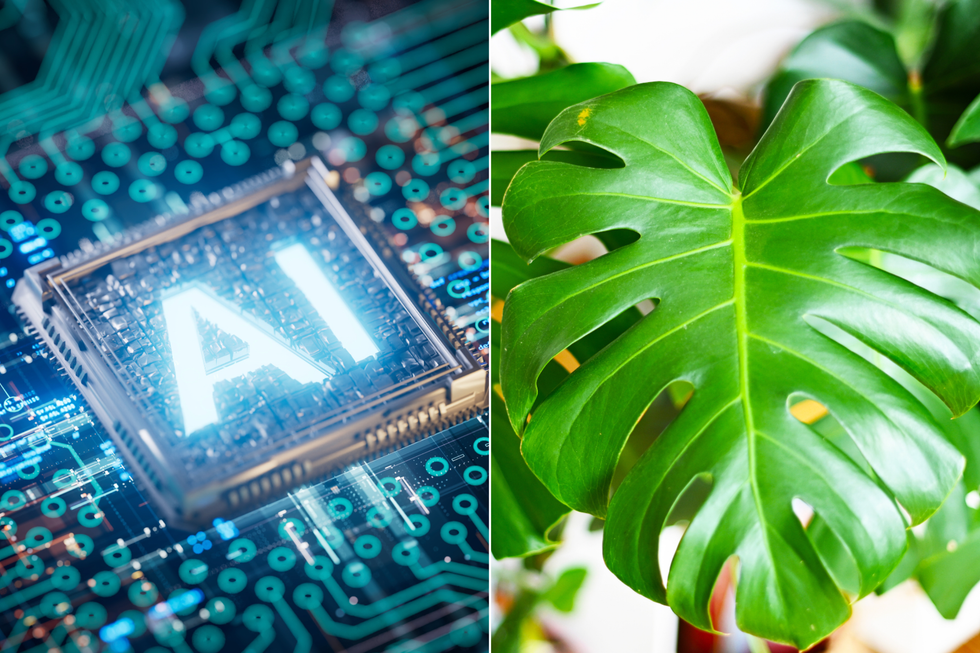Science & Tech
Jake Brigstock
Dec 18, 2024
Will artificial intelligence help or hinder the future of humanity?
The Independent
Researchers have developed an artificial intelligence model that's able to understand the sequences and structure patterns that make up the genetic 'language' of plants in a similar way to how ChatGPT understands human language.
It's called Plant RNA-FM and is believed to be the very first of its kind, according to a release from the John Innes Centre with plant researchers there working with computer scientists at the University of Exeter.
RNA is an important molecule seen throughout organisms which has genetic information in its sequences and structures; DNA is a chemical relative of it.
RNA is made of of combinations of building blocks called nucleotides which are arranged in a similar way to how letters form words and phrases and Plant RNA-FM can translate this.
Dr Haopeng Yu who is involved with the research said: "While RNA sequences may appear random to the human eye, our AI model has learned to decode the hidden patterns within them."

Professor Yiliang Ding is leading the group from the John Innes Centre and is working with a group led by Dr Ke Li at the University of Exeter.
Professor Ding said: “Our PlantRNA-FM is just the beginning. We are working closely with Dr Li's group to develop more advanced AI approaches to understand the hidden DNA and RNA languages in nature.
"This breakthrough opens new possibilities for understanding and potentially programming plants which could have profound implications for crop improvement and the next generation of AI-based gene design.
"AI is increasingly instrumental in helping plant scientists tackle challenges, from feeding a global population to developing crops that can thrive in a changing climate."
The two groups combined to develop PlantRNA-FM, an AI model trained on 54 billion pieces of RNA information that make up a genetic alphabet that spans 1,124 plant species.
The researchers followed similar methodology to what ChatGPT uses to understand human language.
And just as ChatGPT can understand and respond to human language, PlantRNA-FM has learned to understand the grammar and logic of RNA sequences and structures.
How to join the indy100's free WhatsApp channel
Sign up to our free indy100 weekly newsletter
Have your say in our news democracy. Click the upvote icon at the top of the page to help raise this article through the indy100 rankings.
Top 100
The Conversation (0)














